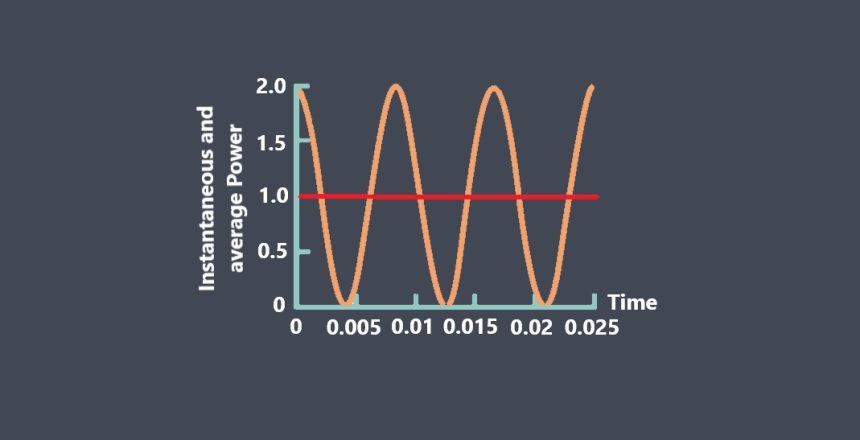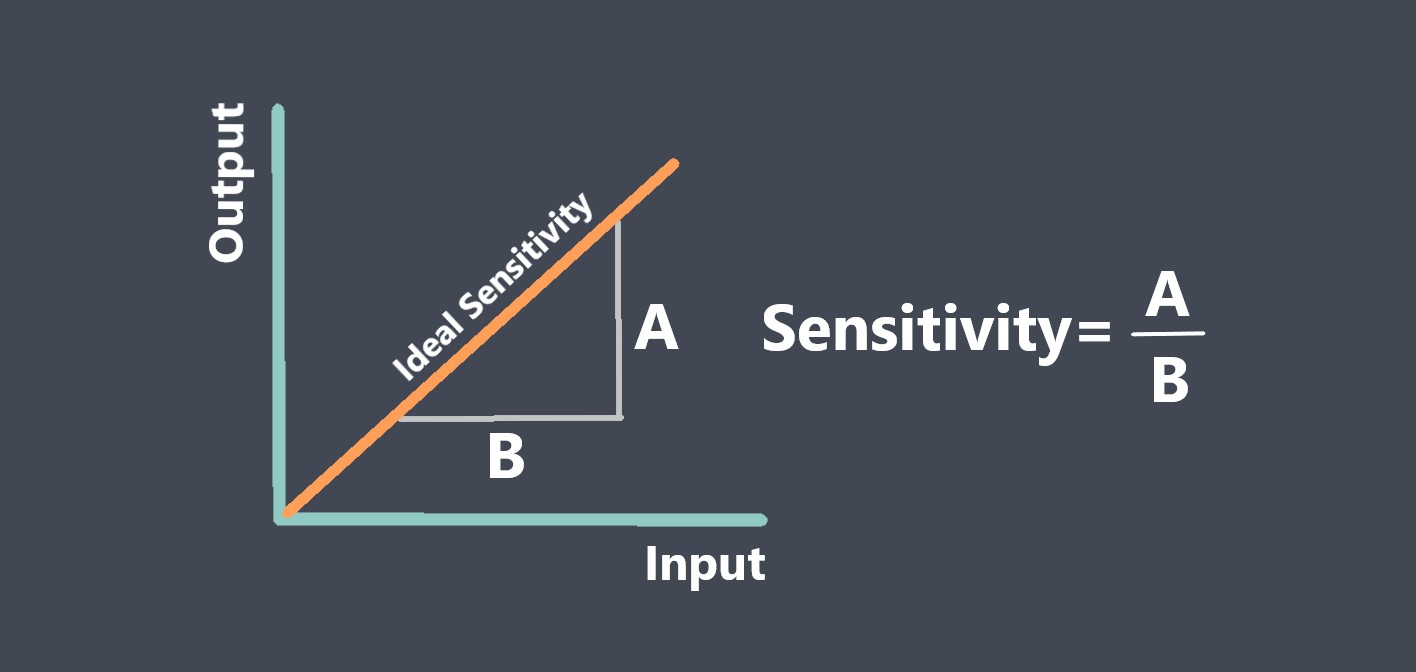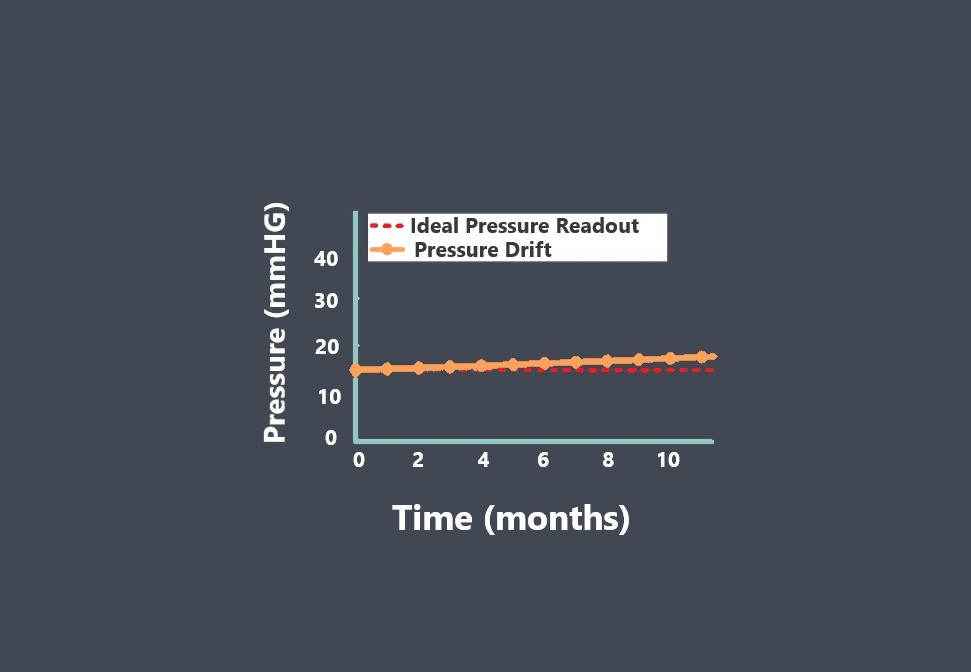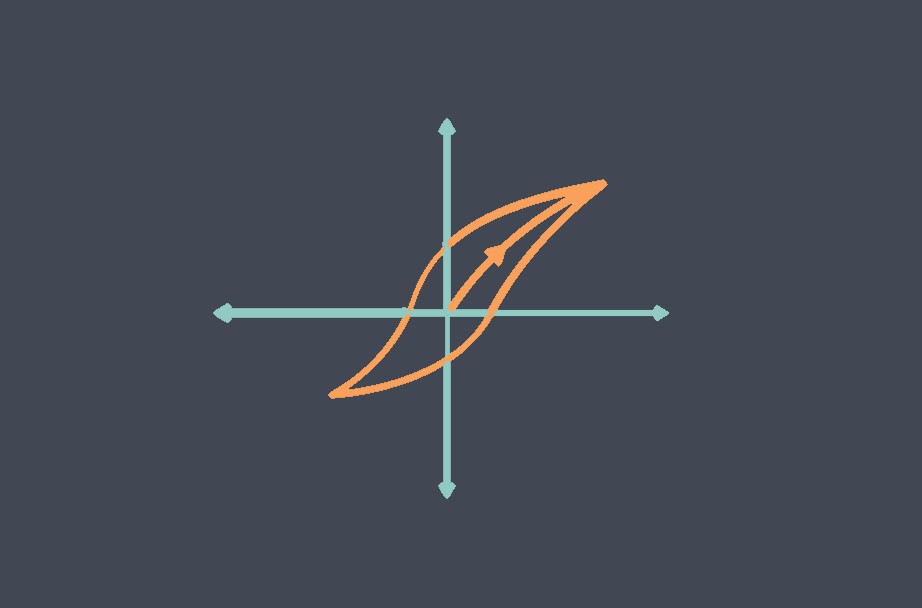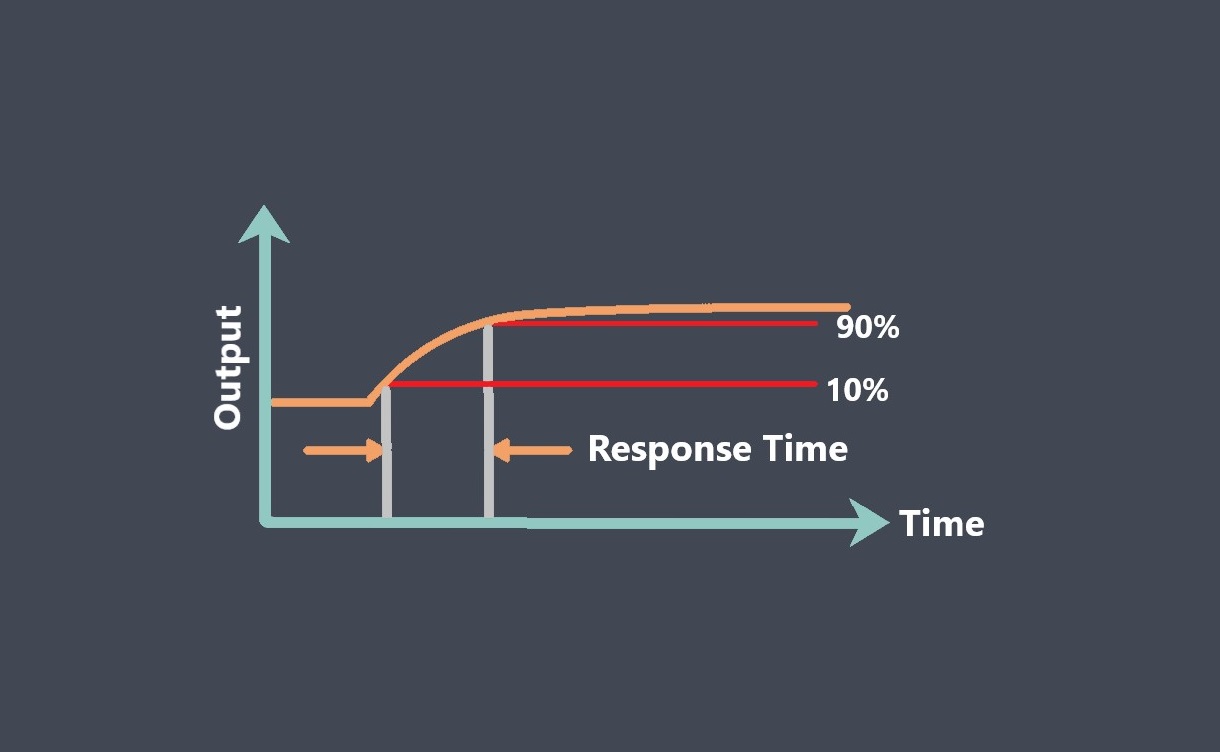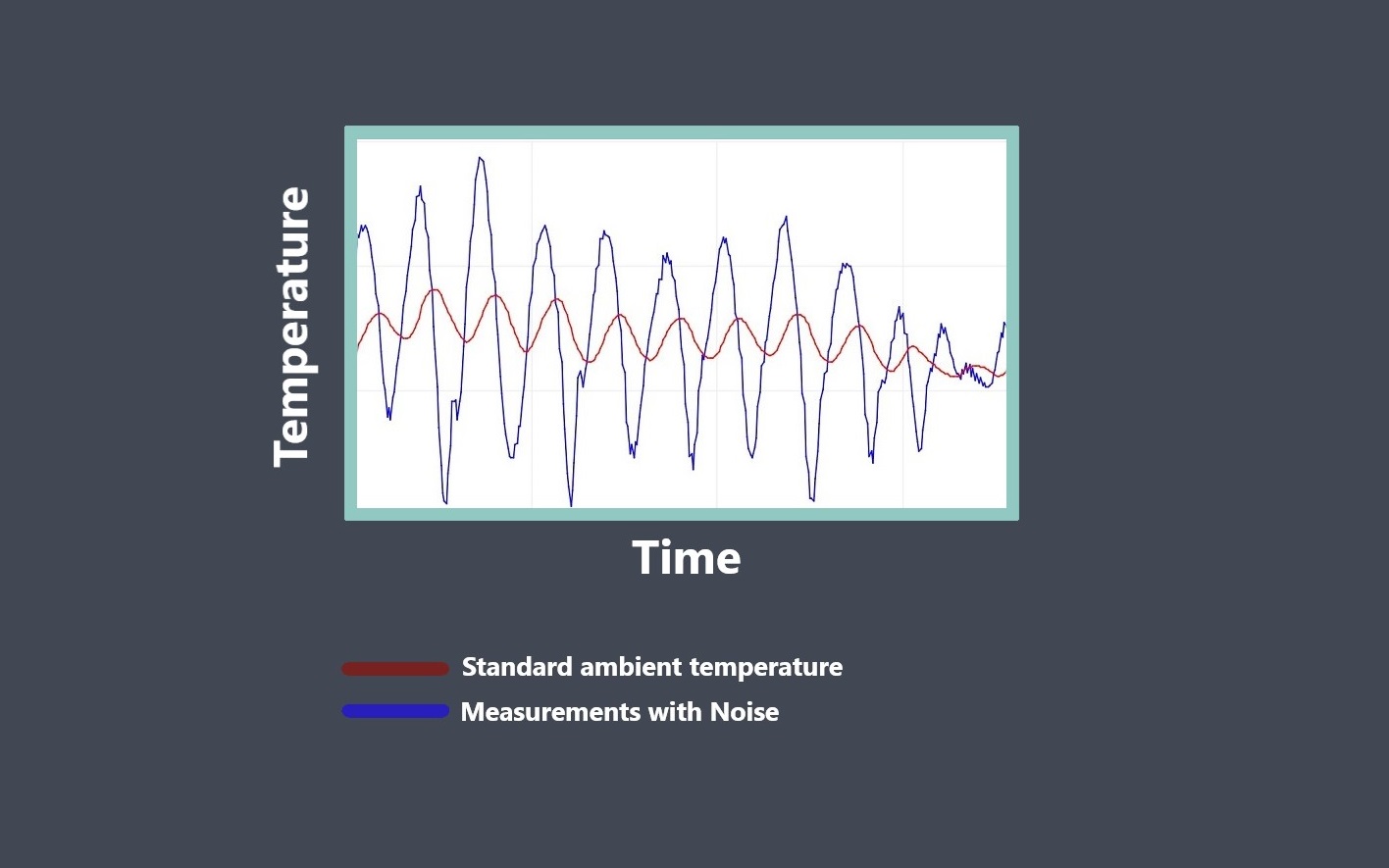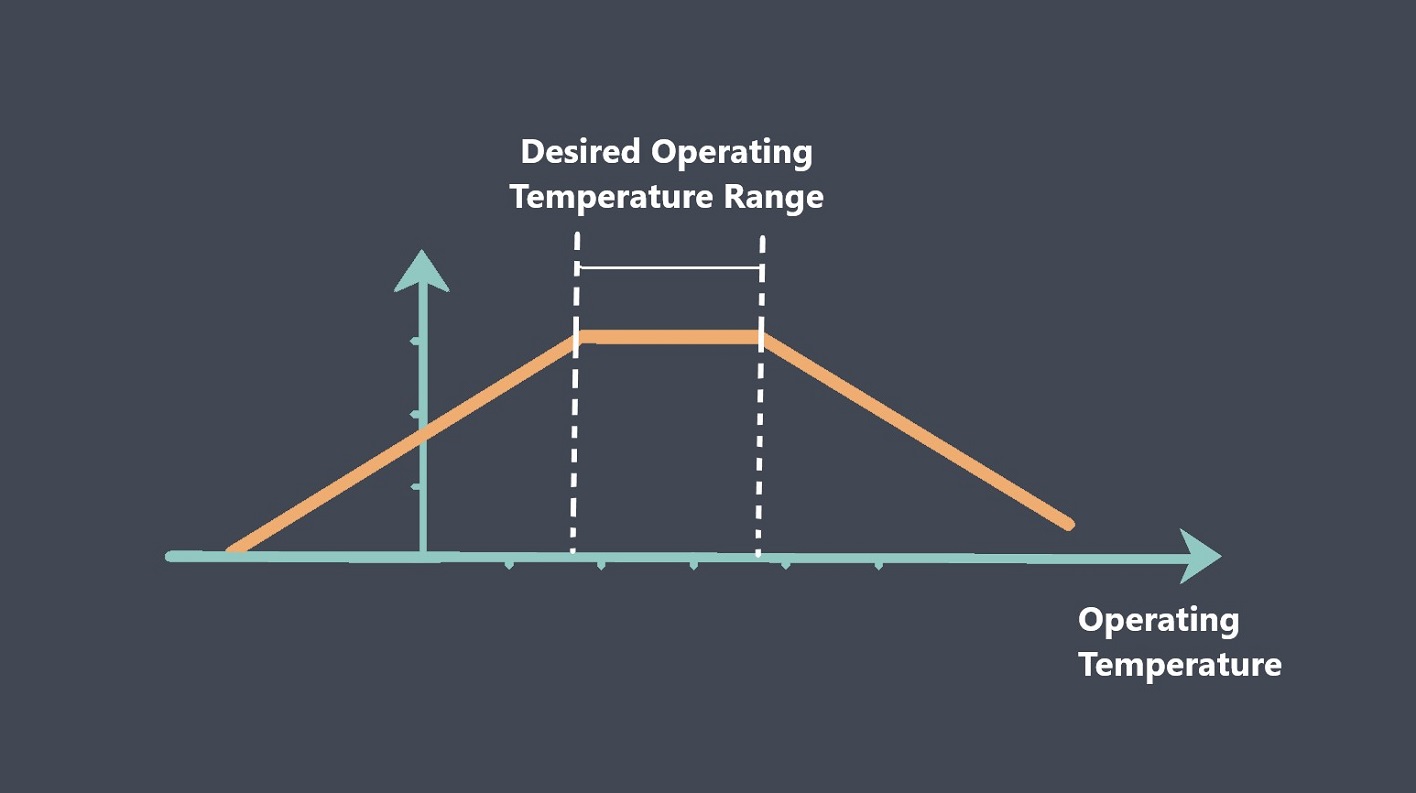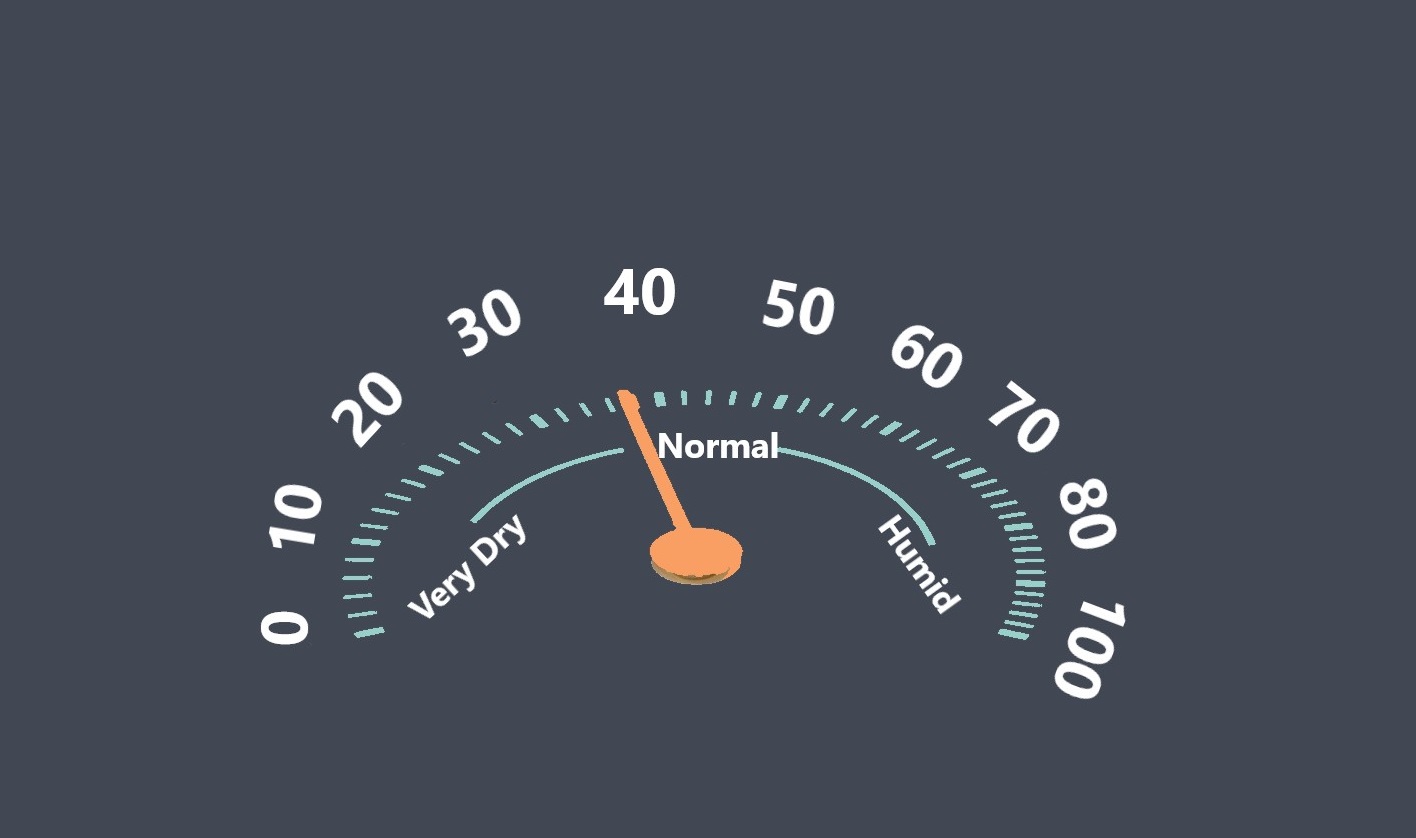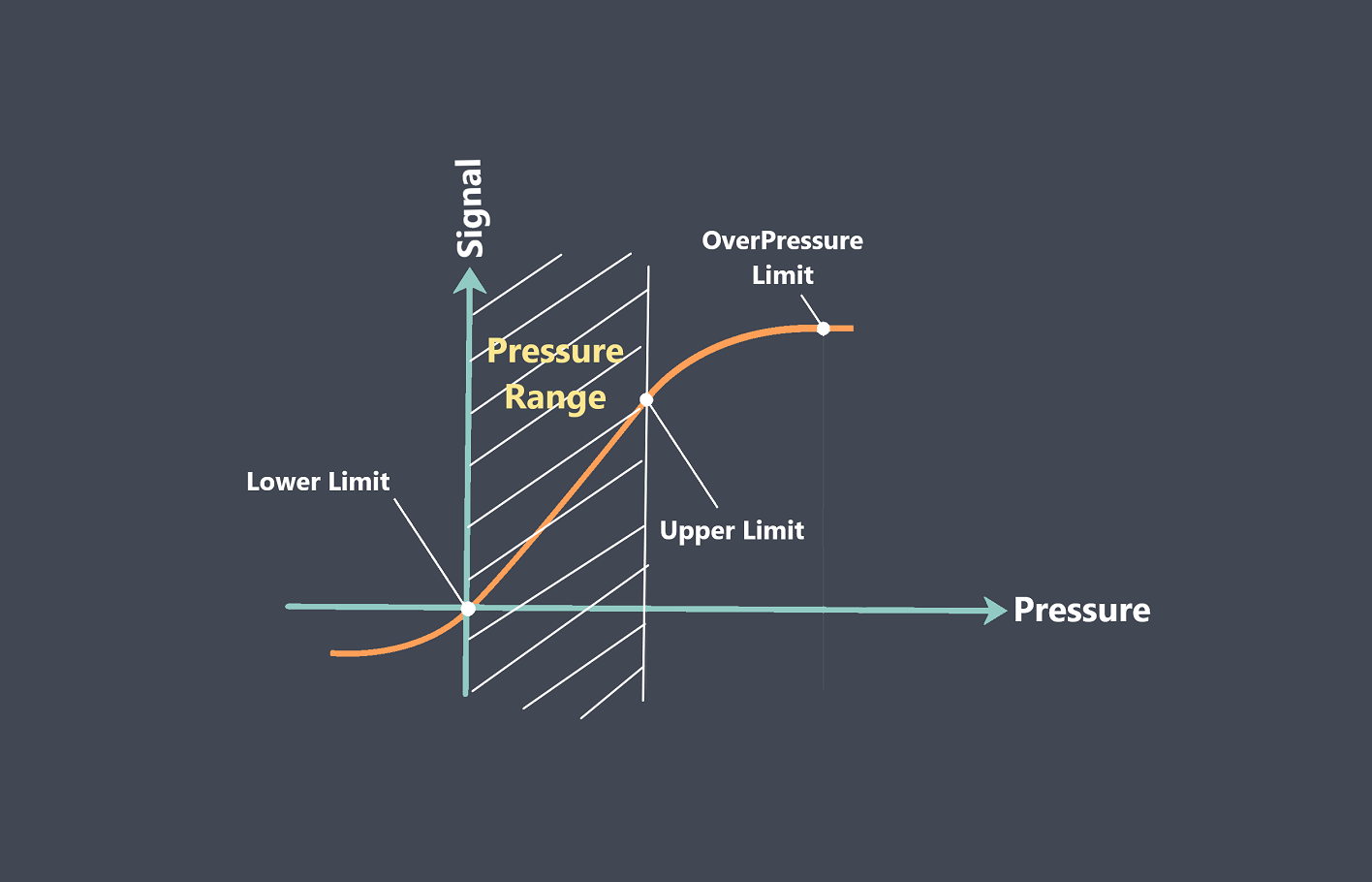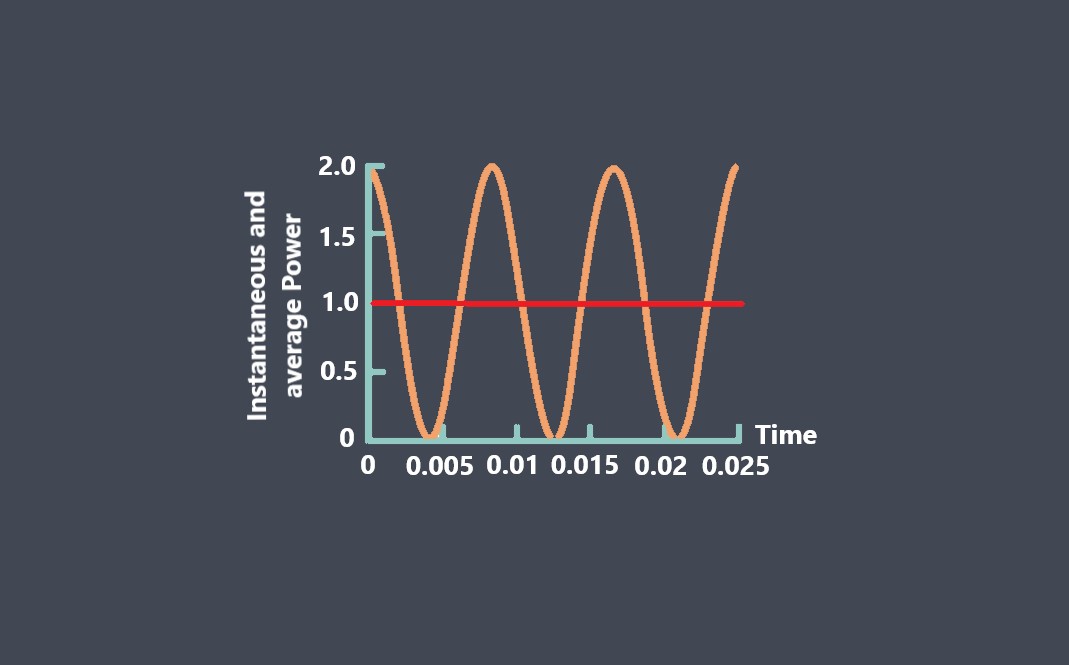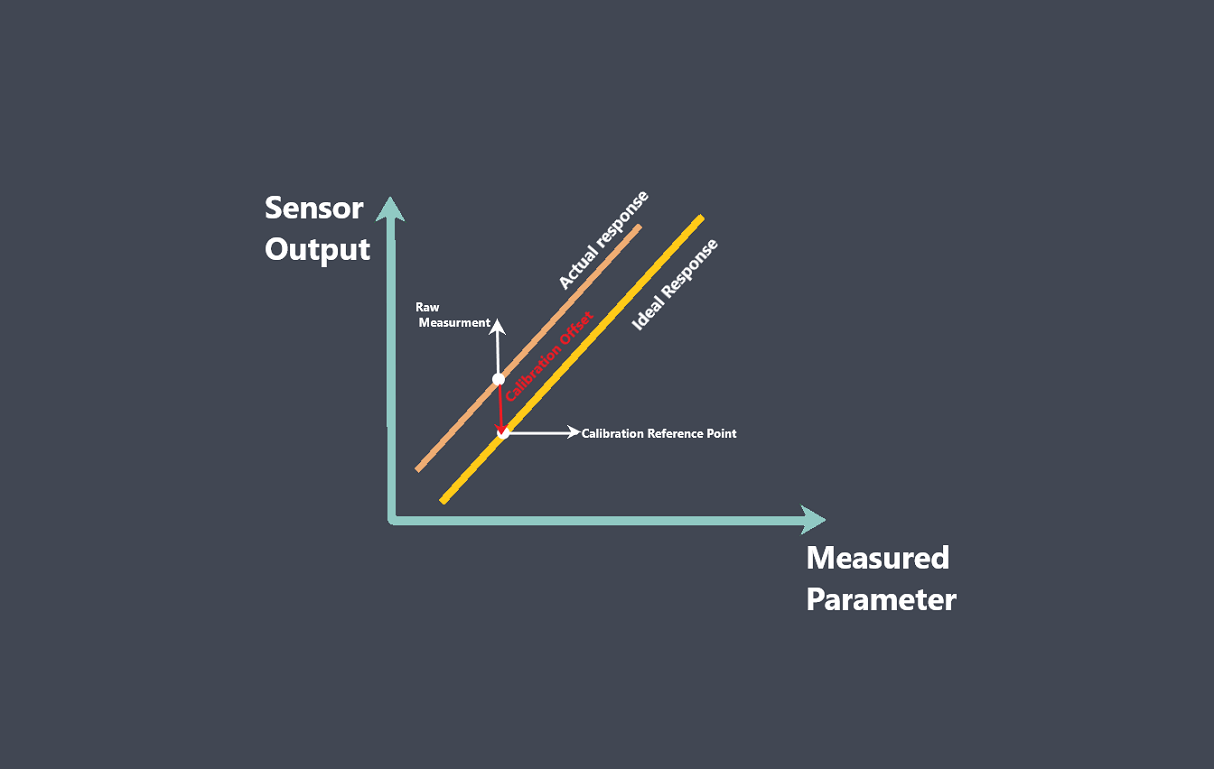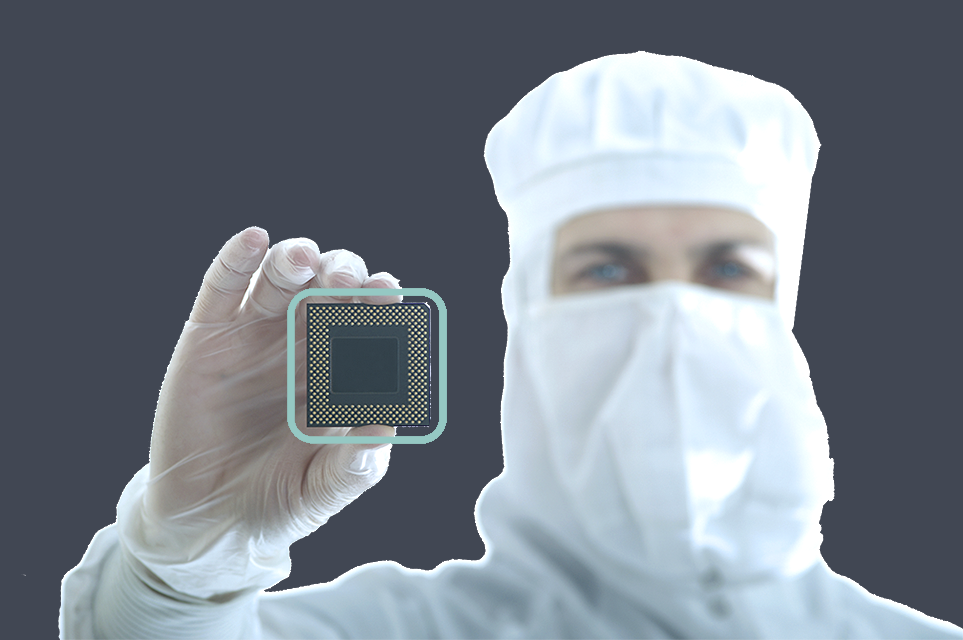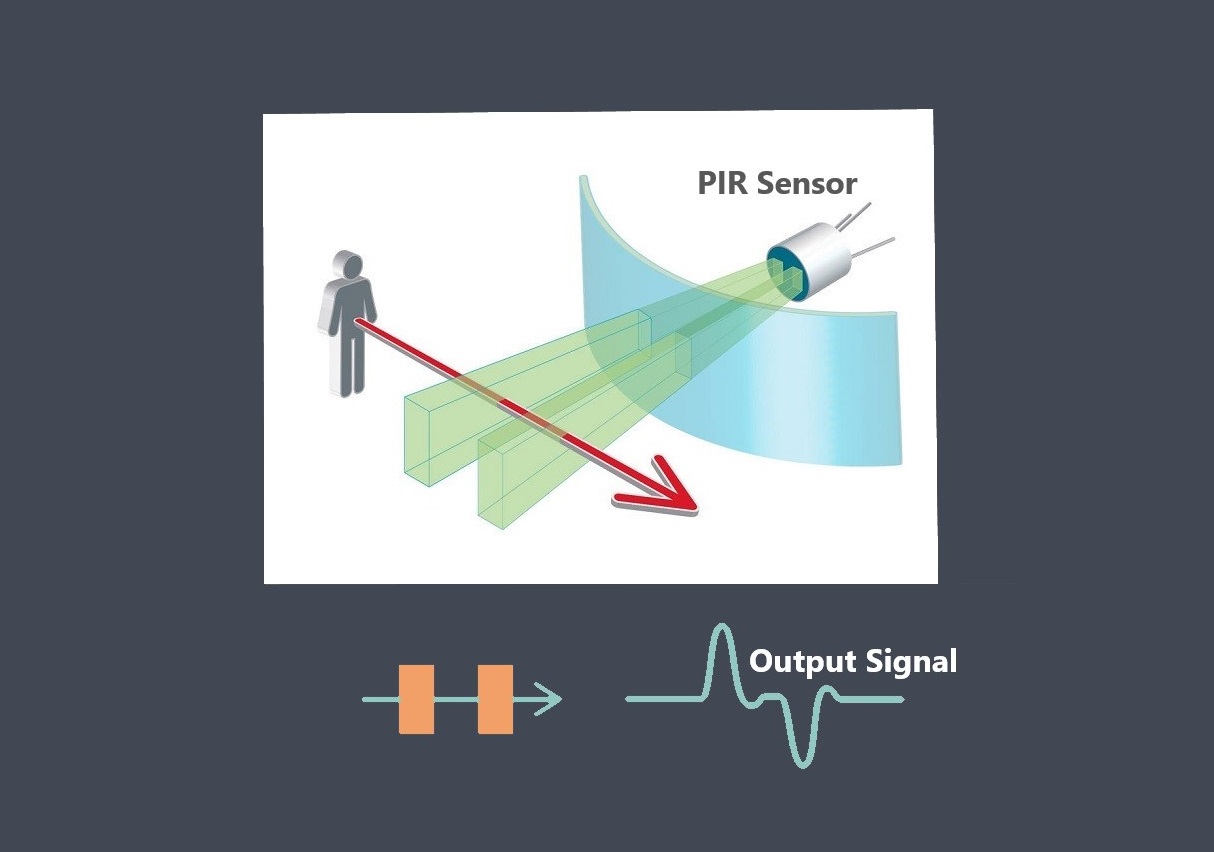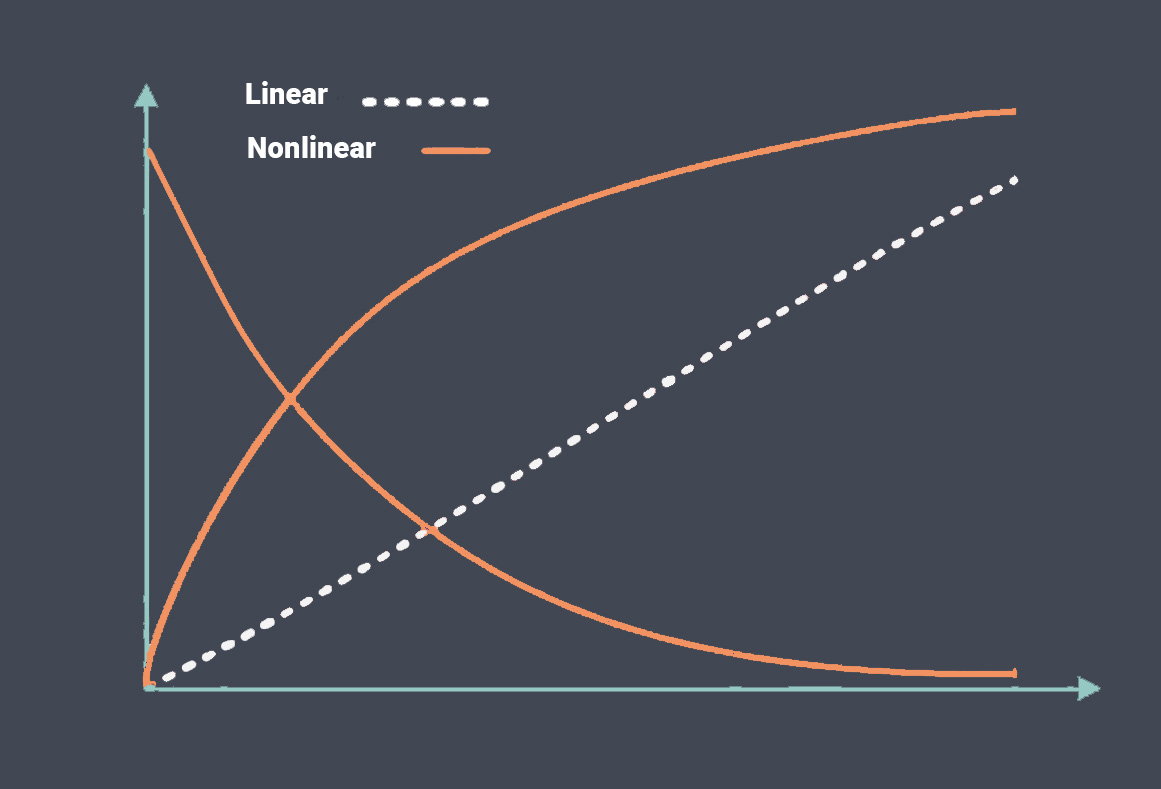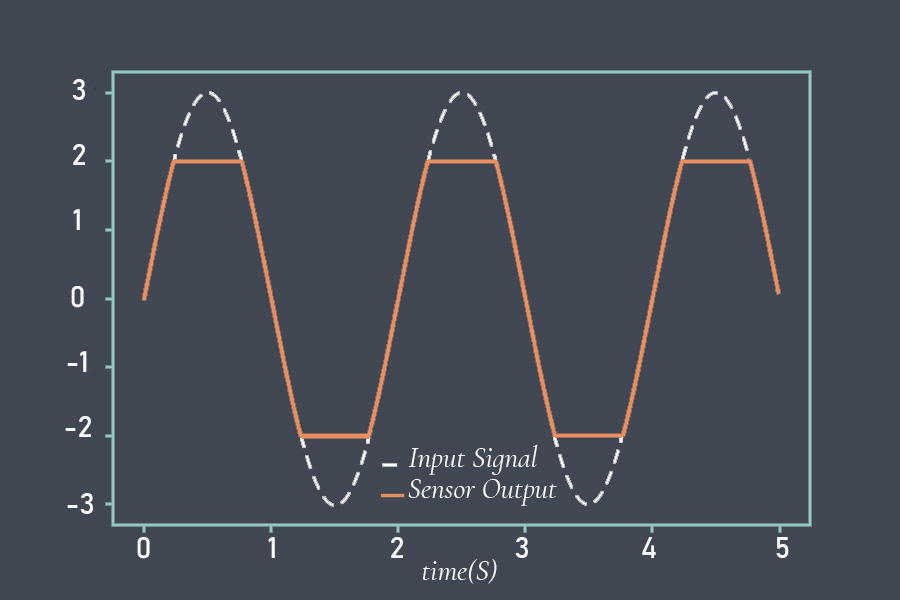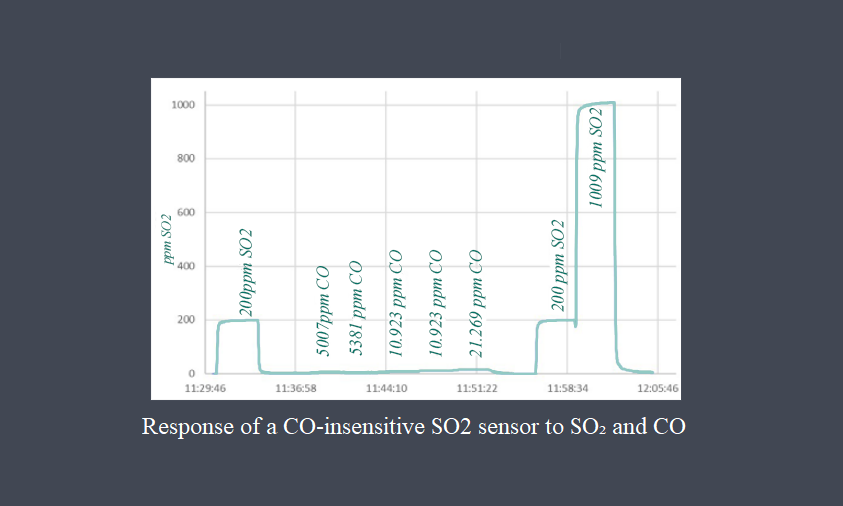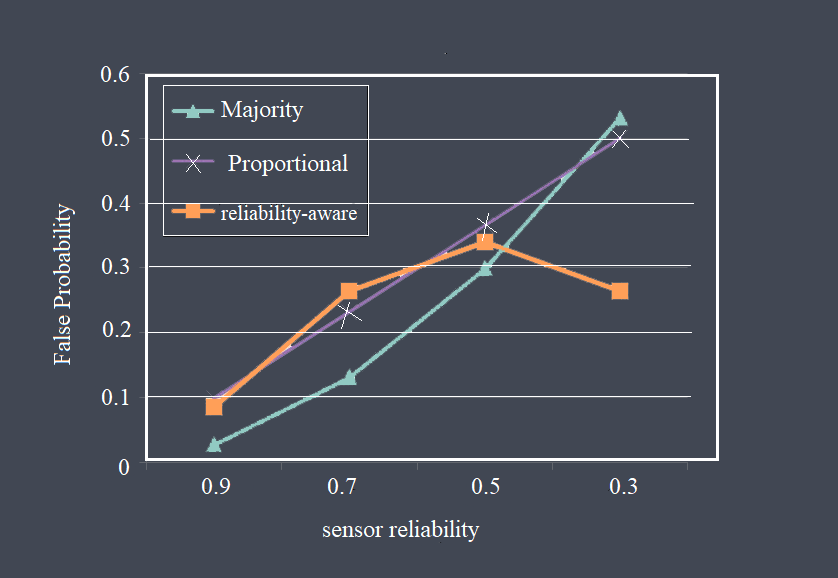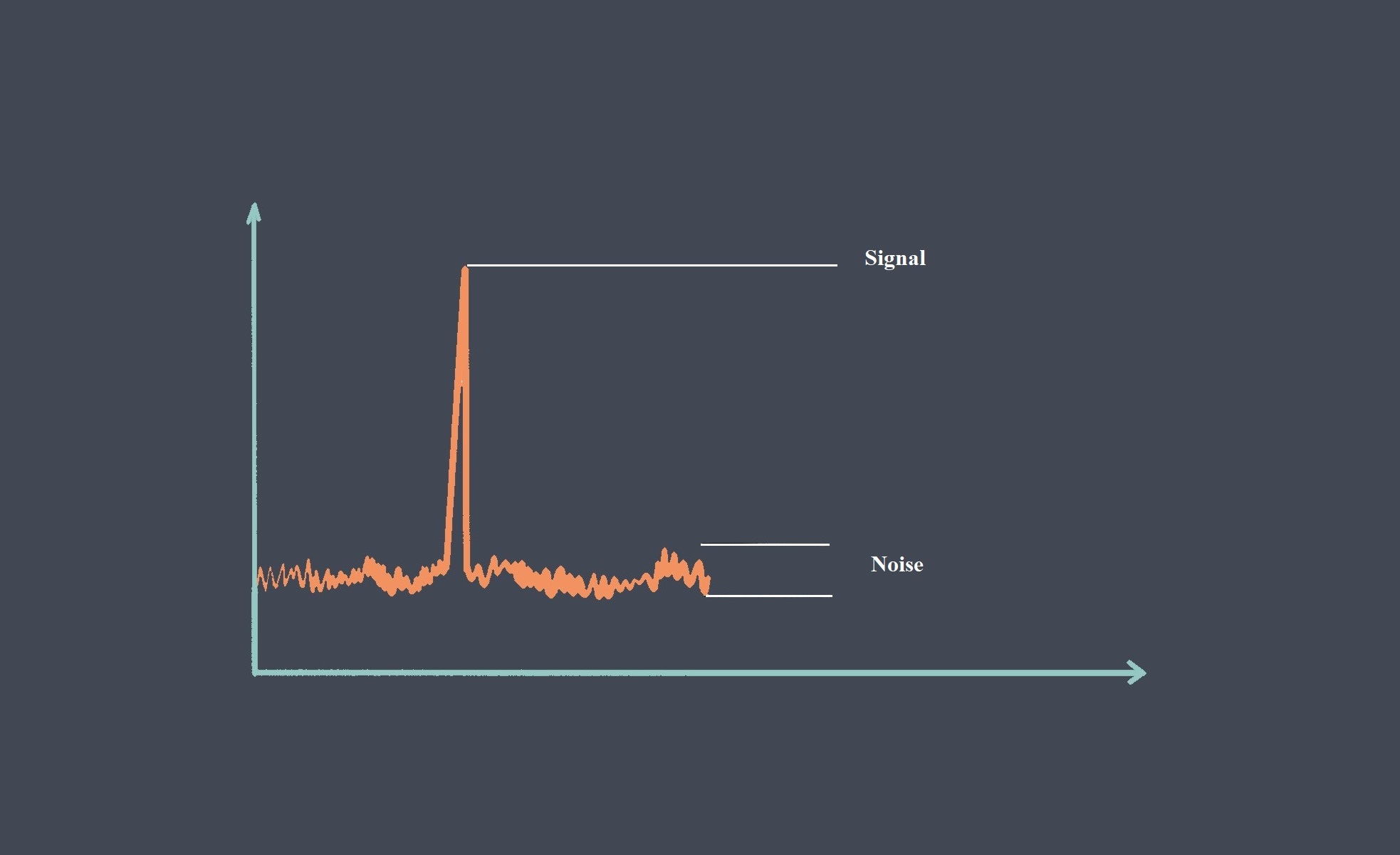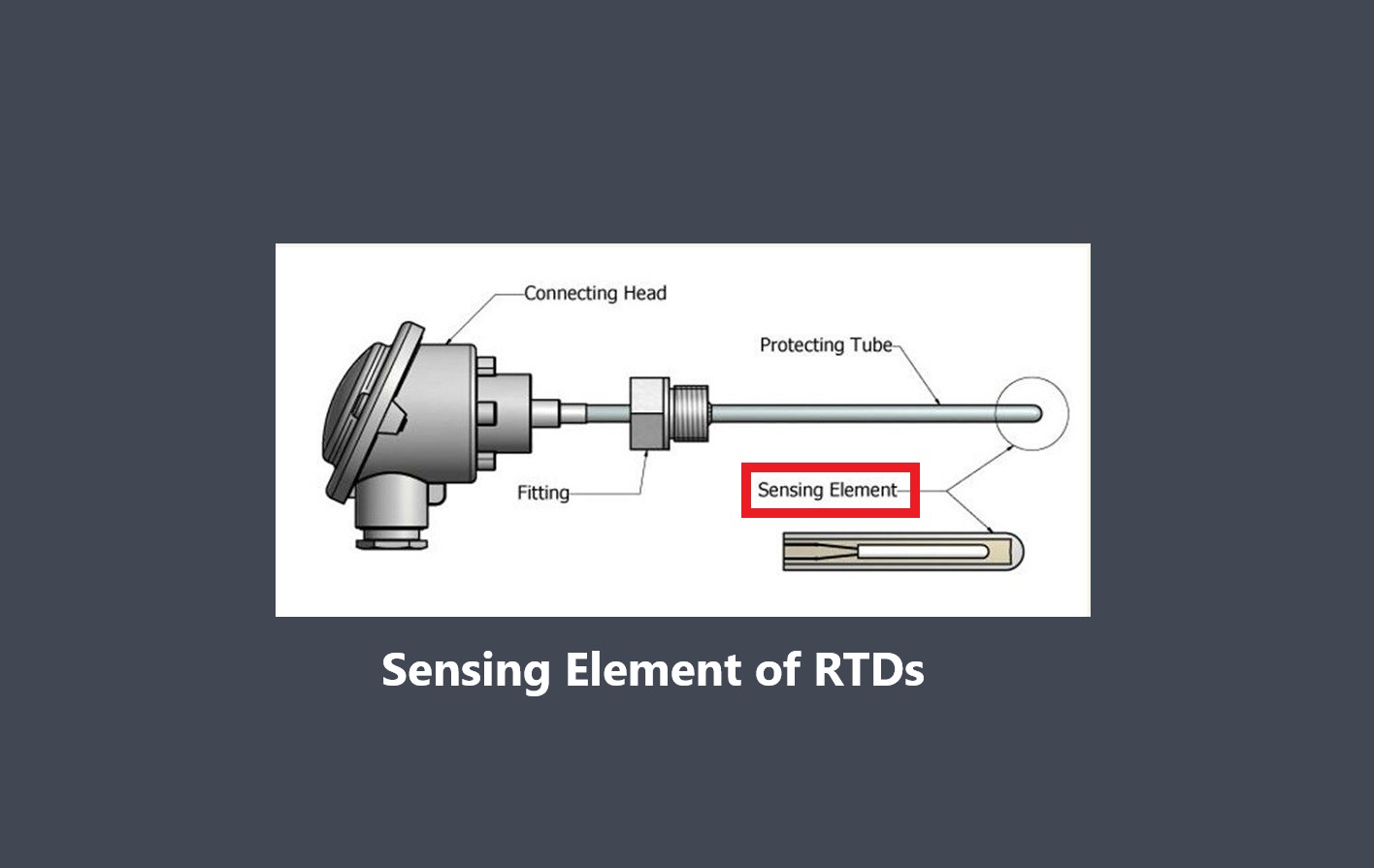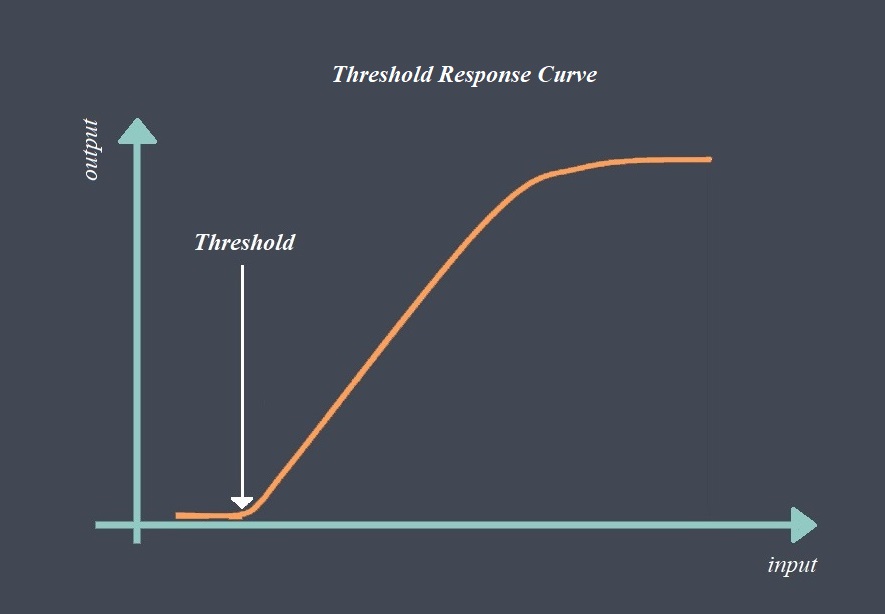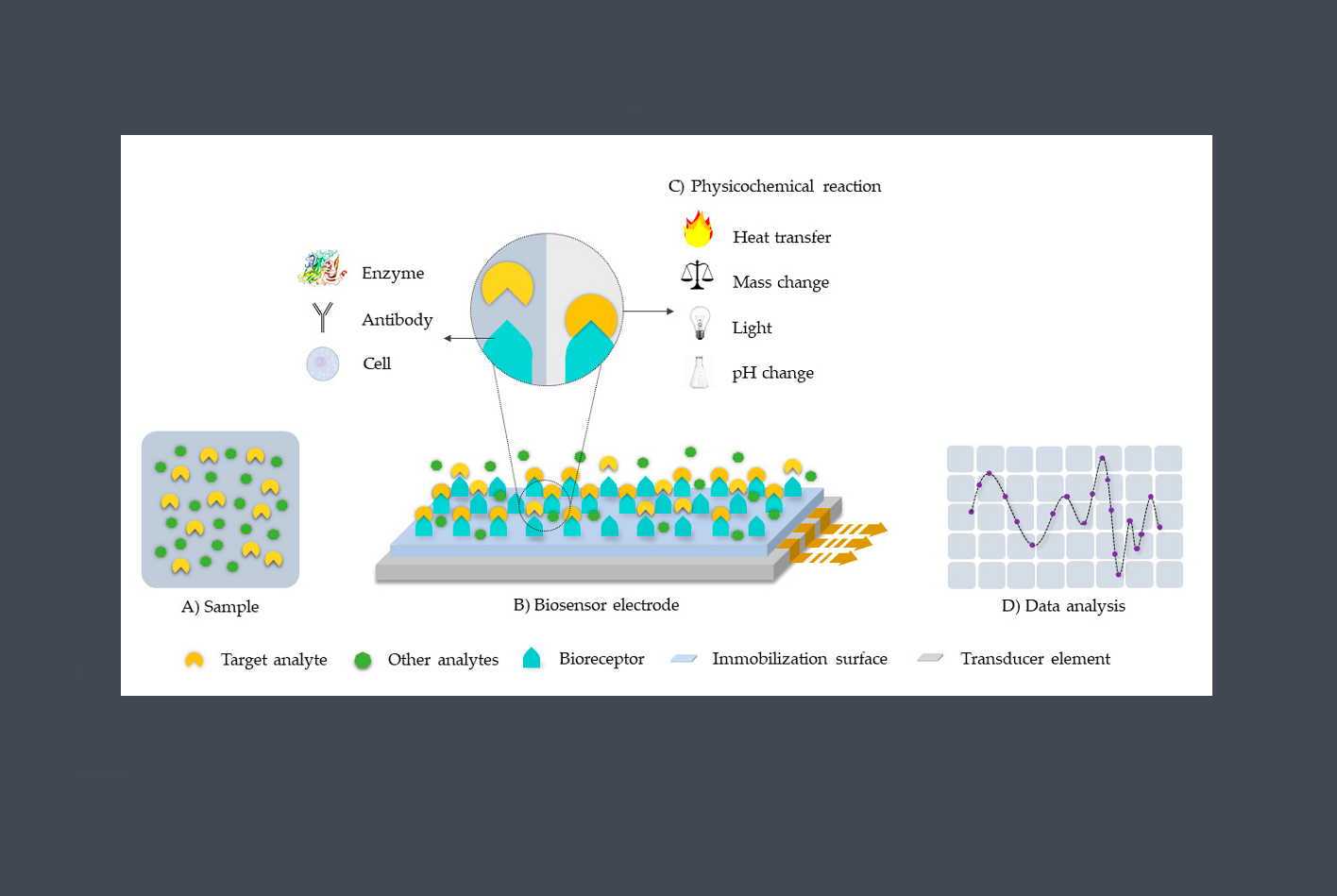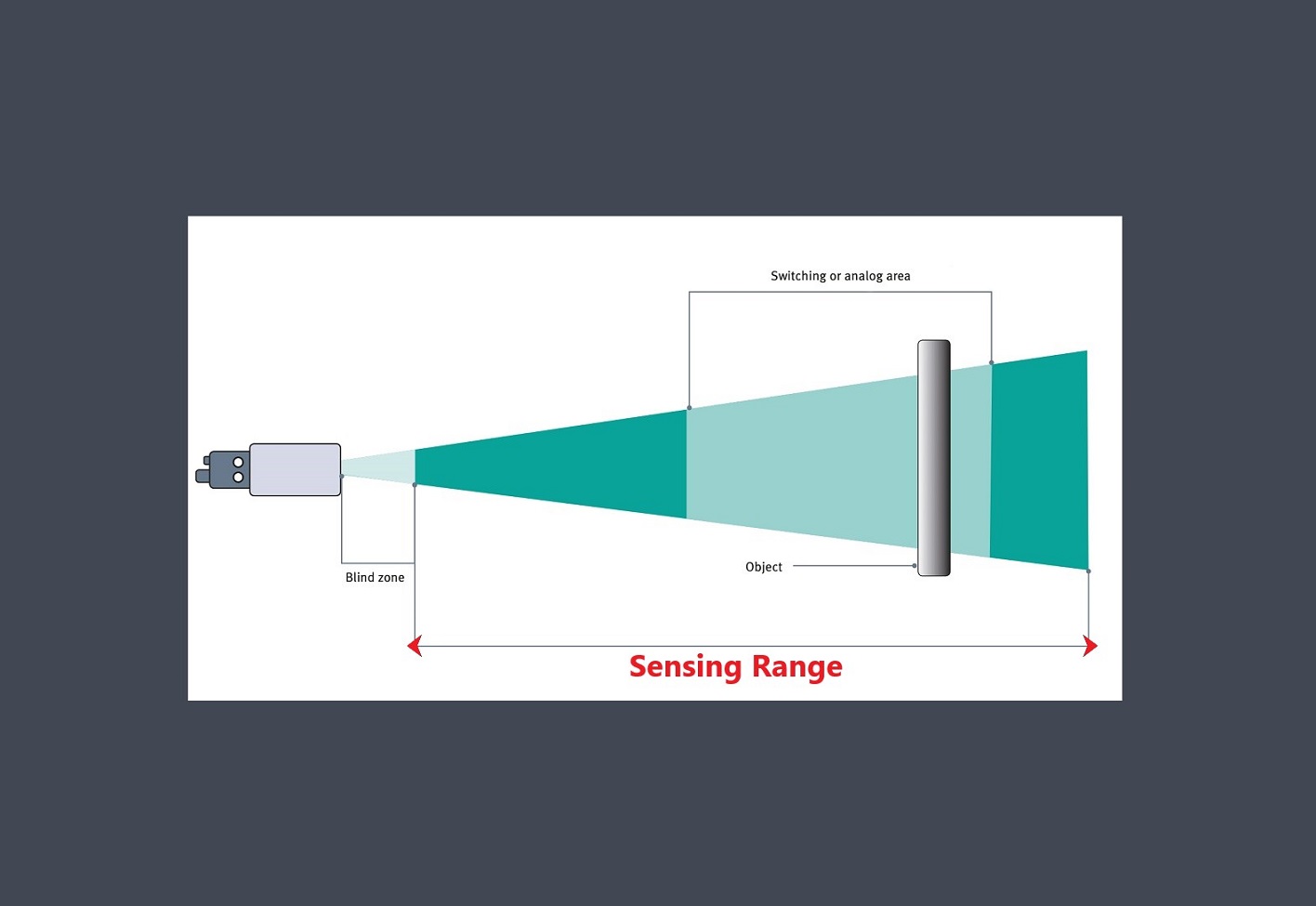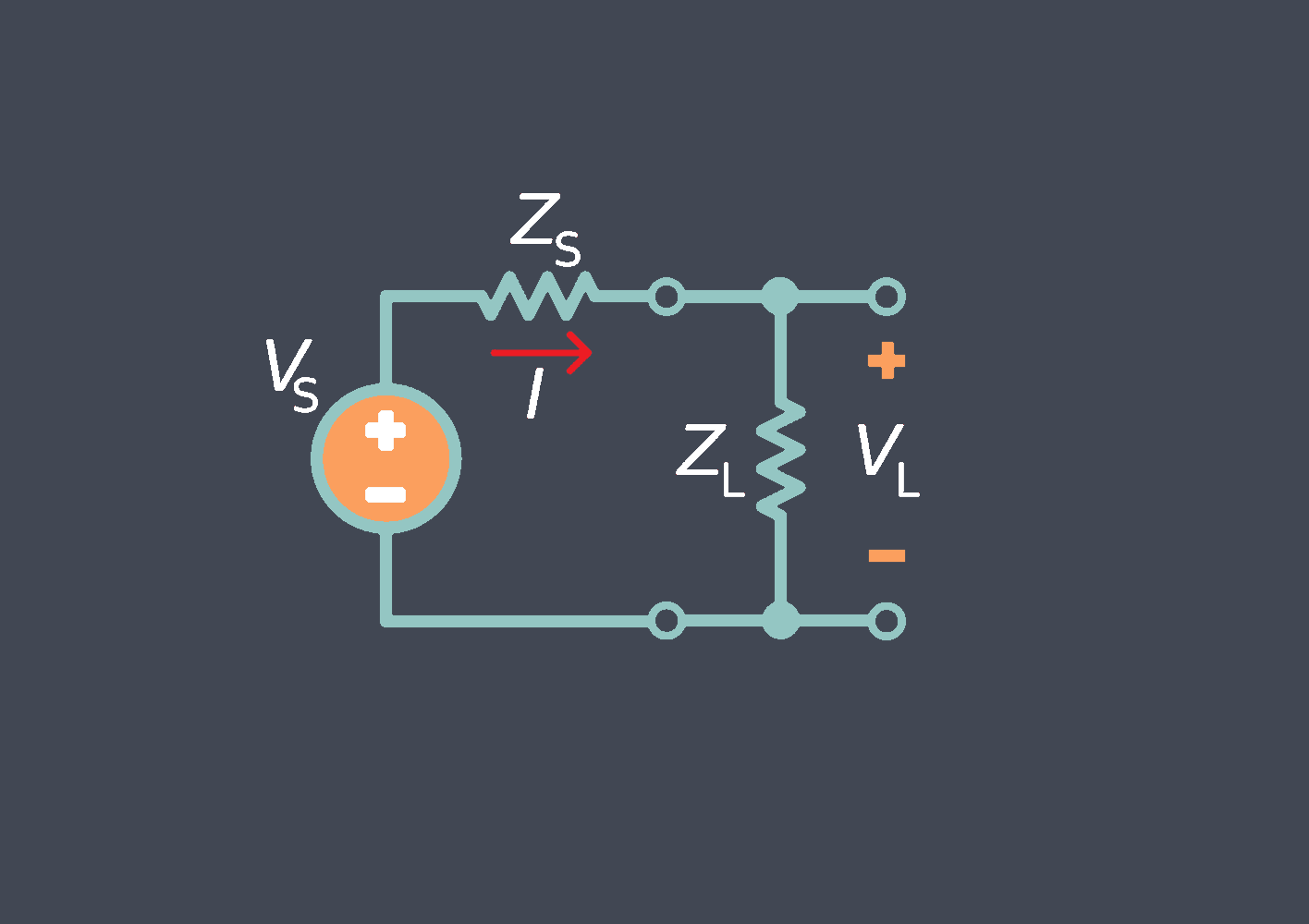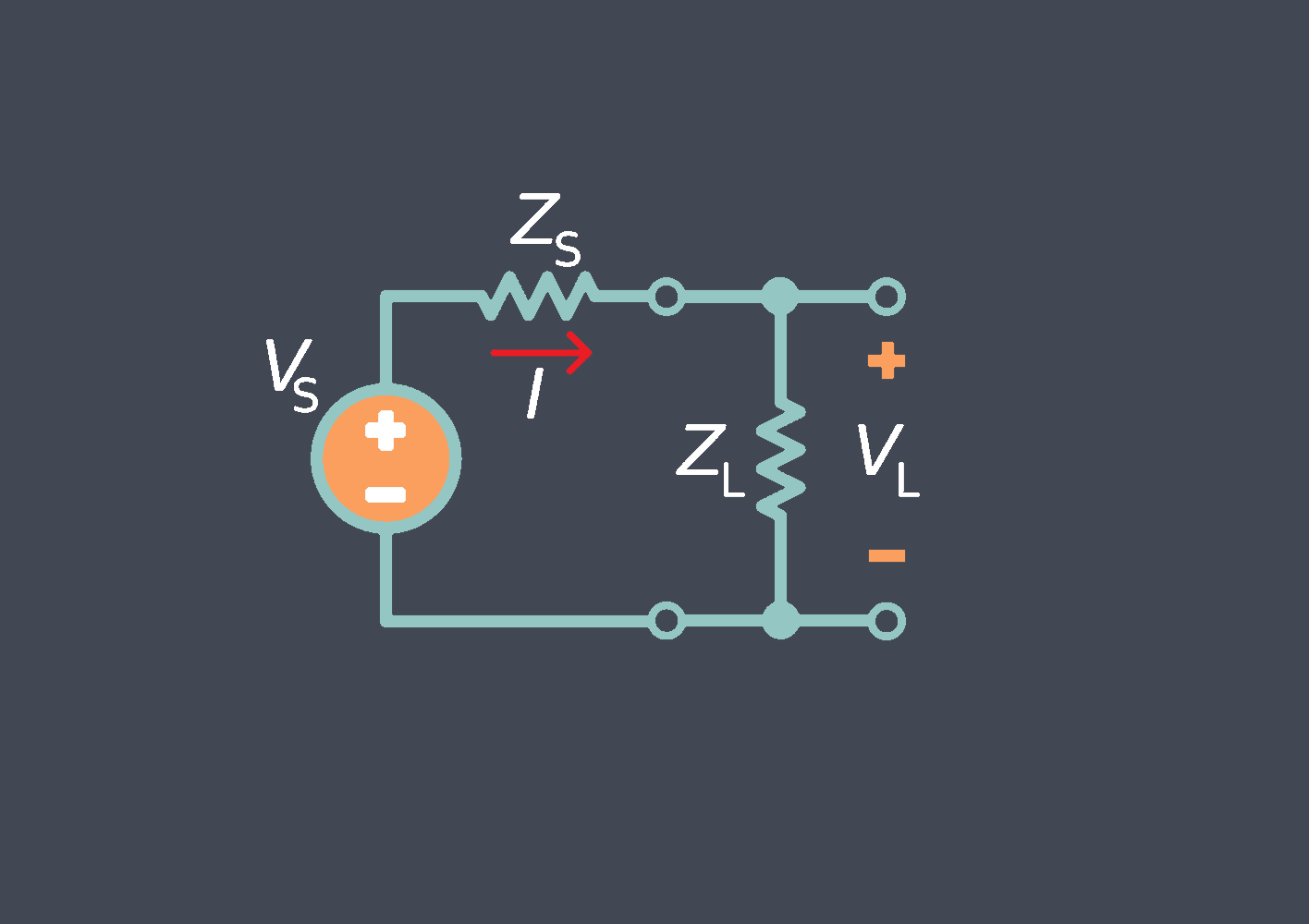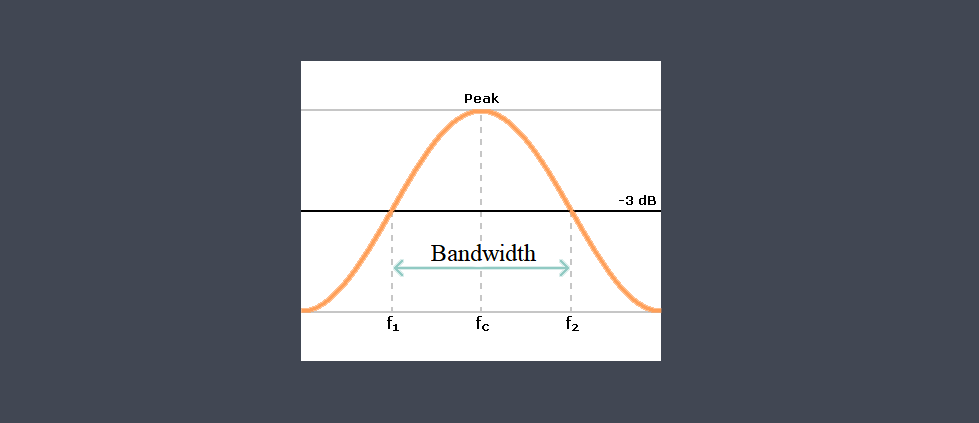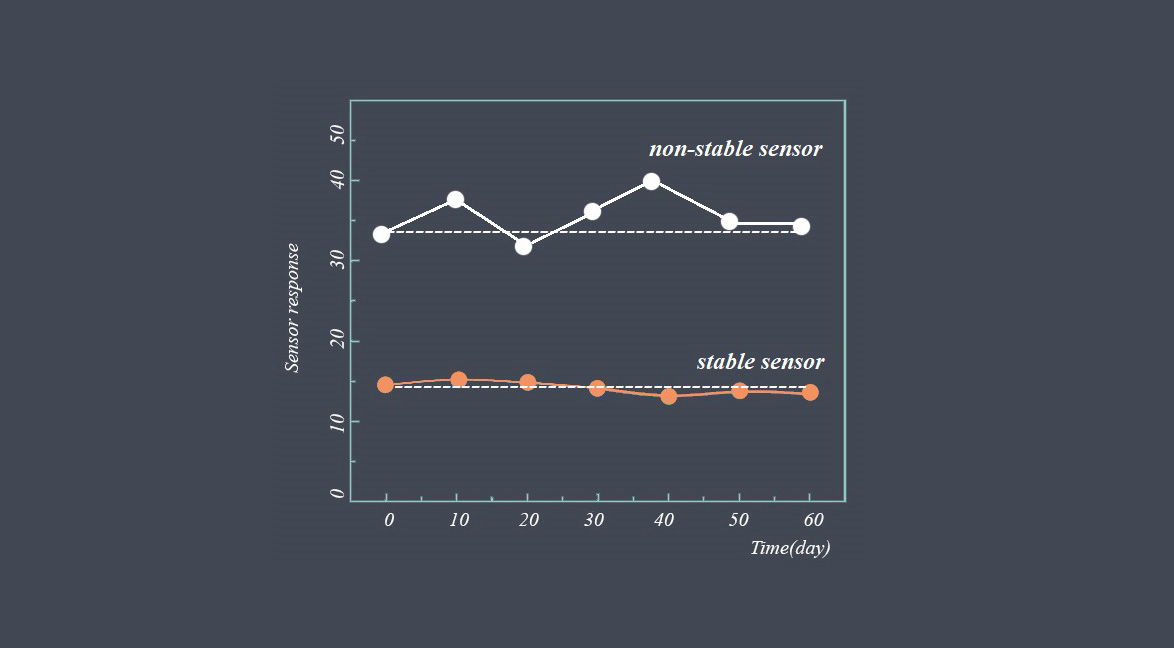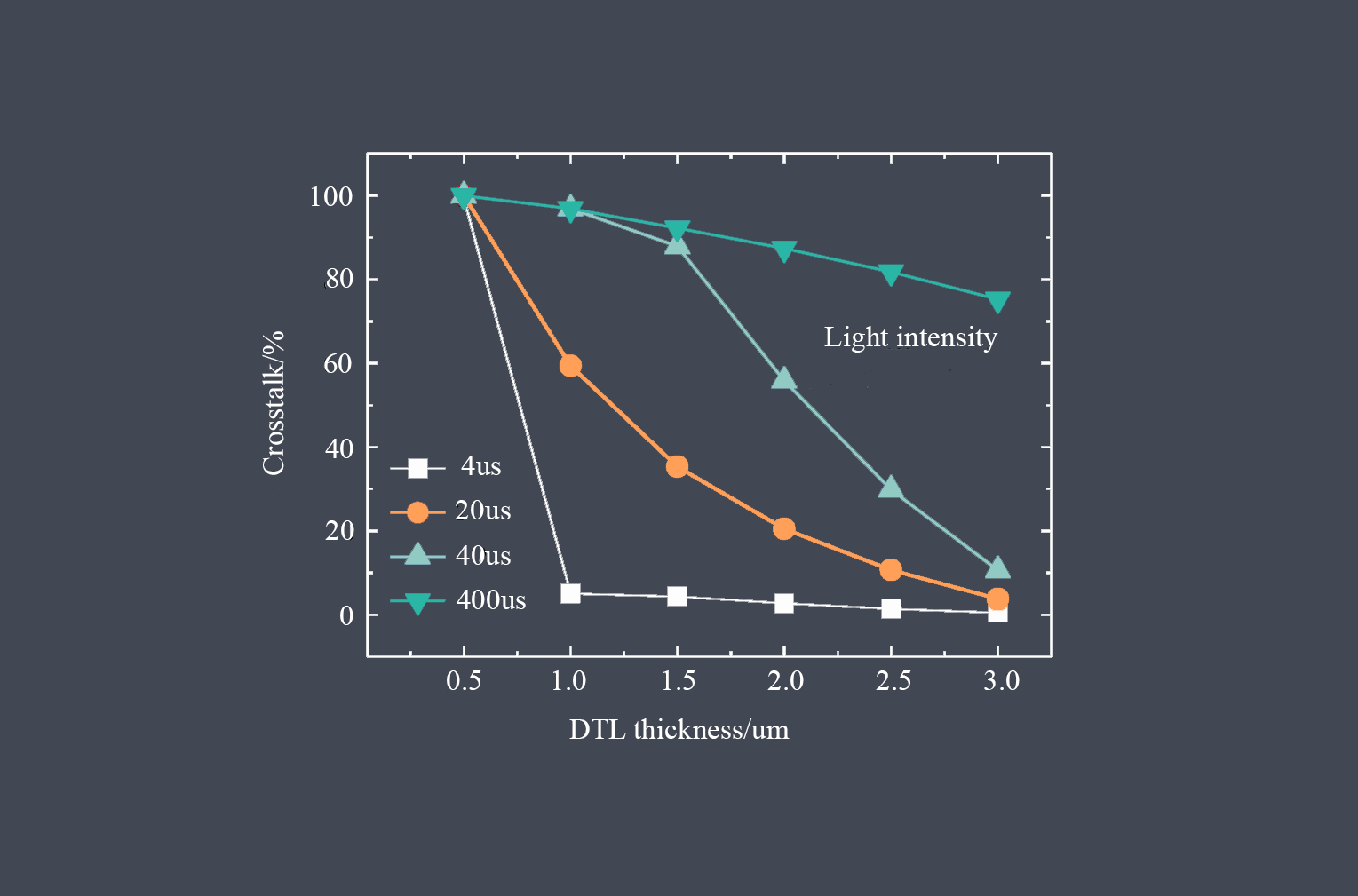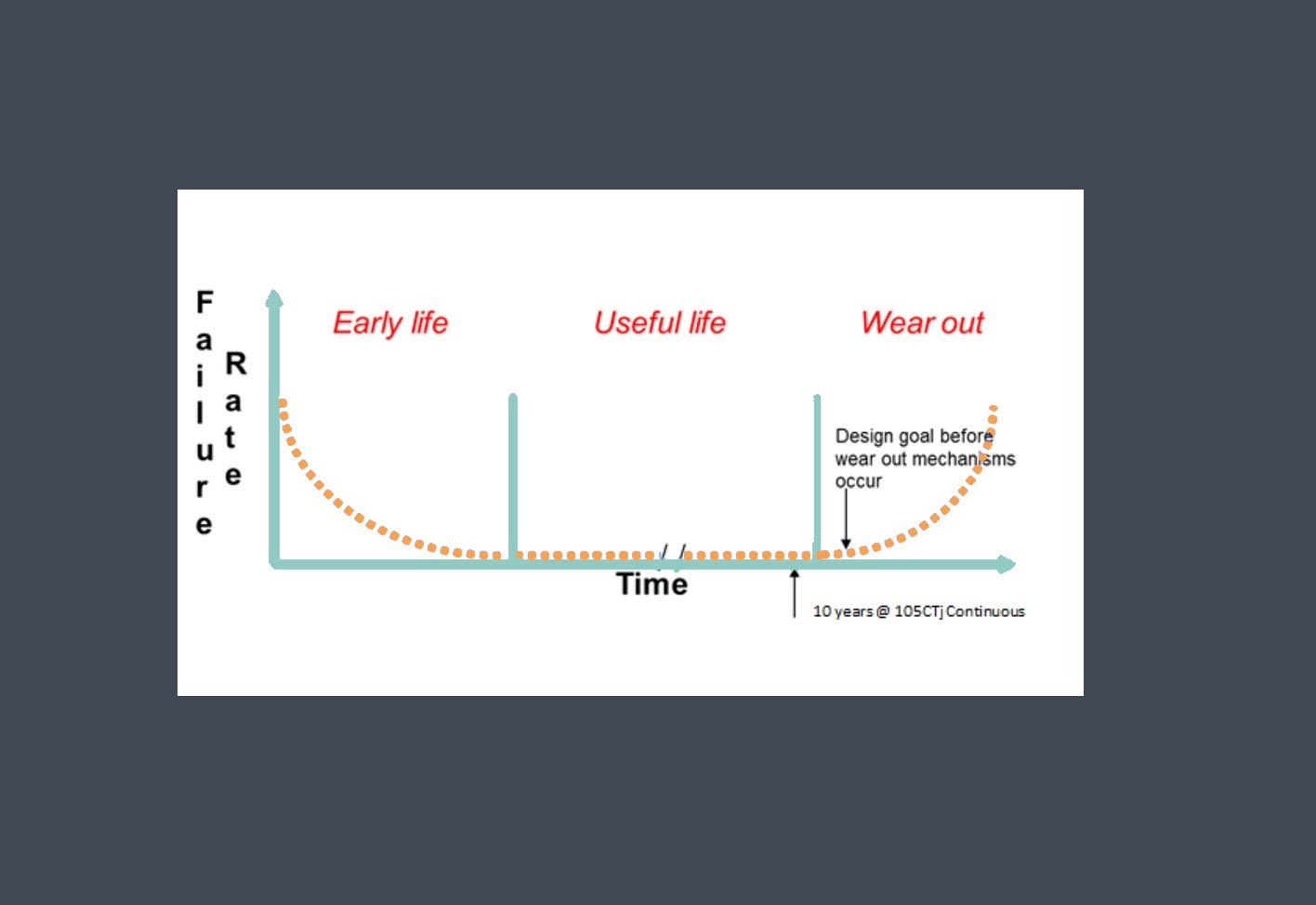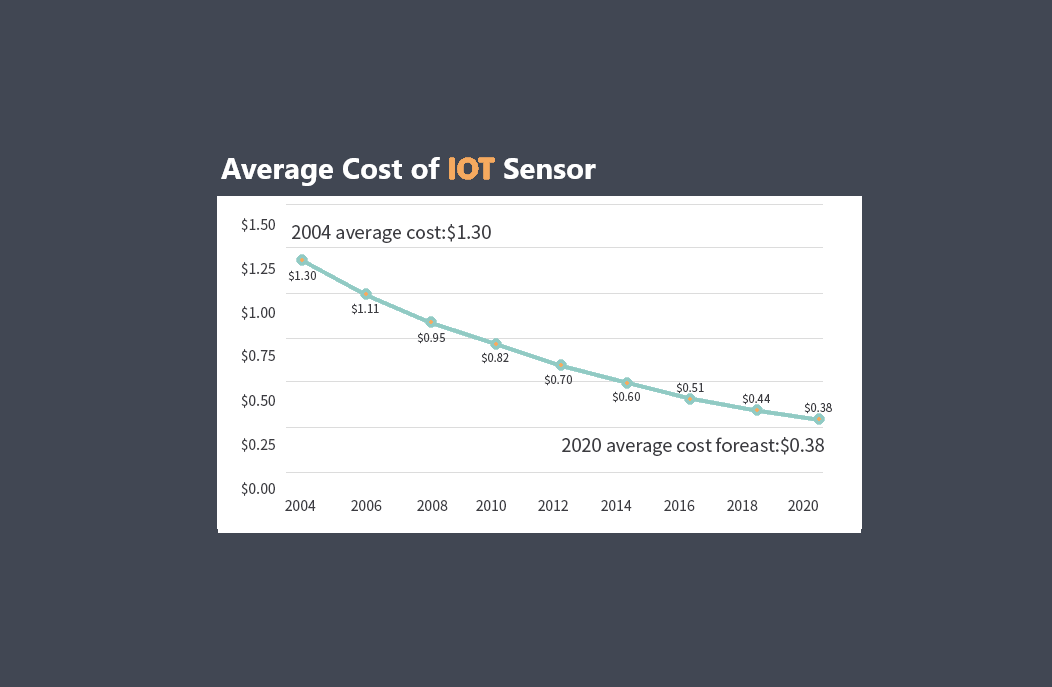
Power consumption is a parameter that indicates the amount of electrical power required to operate the sensor. It is typically specified in volte unit. Understanding the power consumption of a sensor is important for various reasons, including power budgeting, energy efficiency, and battery life considerations.
What factors affect sensor power consumption?
Sensor power consumption refers to the amount of electrical power consumed by a sensor during its operation. The power consumption of a sensor depends on various factors, including the type of sensor, its operating mode, and the specific design and implementation of the sensor.
Sensor type
Different types of sensors have different power requirements. For example, passive sensors such as temperature or pressure sensors usually consume very low power because they do not require any active components or energy sources. On the other hand, active sensors like cameras or radar sensors often require higher power levels due to the need for active components such as image sensors or signal processing circuitry.
Sensor operating mode
The operating mode of a sensor also plays a significant role in power consumption. Sensors may operate in different modes, such as sleep mode, idle mode, or active mode. During sleep or idle modes, the sensor consumes minimal power to conserve energy. However, in active mode, when the sensor is actively sensing and transmitting data, the power consumption can be considerably higher.
Sensor design and implementation
The power consumption of a sensor is also influenced by its design and implementation. Factors such as the efficiency of the sensor’s electronics, the quality of the power supply, and the optimization of the sensor’s circuitry can all affect its power consumption. Additionally, external factors like temperature, humidity, and voltage fluctuations can impact the power consumption of a sensor.
Sensing Range
In some sensors, the power consumption may vary based on the sensing range or distance. For example, a proximity sensor consuming more power when detecting objects at longer distances.
Sampling Rate
For sensors that continuously sample data, the sampling rate affects power consumption. Higher sampling rates require more frequent measurements, leading to increased power usage.
Communication Interface
If the sensor communicates with other devices or a network, the power consumption of the communication interface should also be considered.
Measuring Sensor Power Consumption
- Average Power Consumption: It represents the average power consumed by the sensor during a specific period. This value is crucial for estimating the overall power requirements of a system.
- Instantaneous Power Consumption: It refers to the power consumed by the sensor at a particular moment. Instantaneous power consumption may fluctuate due to varying operating conditions or sensor behavior.
Reducing Sensor Power Consumption
Optimized Design
Proper design consideration, efficient circuitry, and selection of low-power components can help minimize power consumption.
Duty Cycling
Implementing duty cycling techniques allows sensors to operate in intermittent periods, reducing overall power consumption. Sensors remain idle or sleep for most of the time and wake up periodically to perform measurements.
Power Management Techniques
Utilizing power management techniques such as voltage regulation, power gating, or dynamic voltage scaling can help optimize power consumption in sensor systems.
Sensor Fusion
Combining data from multiple sensors can reduce power consumption by eliminating the need for redundant measurements or utilizing lower-power sensors for specific tasks.
It’s important to note that these power consumption values are approximate and can vary based on the specific sensor model, operating conditions, and any additional circuitry integrated with the sensor.
High-power consumption sensors may require a stable and robust power supply, while low-power consumption sensors can operate with smaller batteries or be suitable for energy-conscious applications. The power consumption of a sensor can vary depending on factors such as the sensing technology, signal processing requirements, and the complexity of the sensor circuitry.
It’s always recommended to refer to the sensor datasheet or consult with the manufacturer for precise power consumption information.

